Many people are unaware that bees are simply some of the most important creatures on earth, with up to one third of all the food we eat each day relying on bee pollination. In fact, many crops we grow and consume require pollination. These include soybeans, asparagus, citrus fruit, blueberries, almonds and squash, just to name a few. However, bee populations in the U.S. are declining at unprecedented rates, and landowners are in a unique position to help these important insects by planting a variety of flowers that bees love around their land.
When planting flowers on your property for the benefit of bees, it’s essential to diversify and maximize the number of blooms you’re getting throughout the year. It’s also a great idea to have a variety of flower shapes, ranging from flat to tubular, to allow bees with different tongue sizes to access them. Also, if you have grassy areas on your land, consider replacing some of them with colorful pollinator plants.
Finally, it’s imperative not to plant treated or hybridized plants. Insecticides, herbicides and pesticides are all harmful to bees, so try to keep your bee-friendly flowers chemical free and organic.
No matter what time of year you’re able to plant, here are some flowers bees love for every season:
Early Spring
- Pansies
- Pussy Willow
- Siberian Squill
- Snowdrops
Spring into Summer
- Peony
- Milkweed
- Bee Balm
- Lavender
- Phlox
- Zinnias
- Marigolds
Summer into Fall
- Liatris
- Mint
- Sage
- Nasturtium
- Thyme
- Oregano
Even if you don’t grow crops yourself, planting flowers such as these will be a benefit to surrounding farmers, as well as help the ecosystem and our food supply in the long run.
This content may not be used or reproduced in any manner whatsoever, in part or in whole, without written permission of LANDTHINK. Use of this content without permission is a violation of federal copyright law. The articles, posts, comments, opinions and information provided by LANDTHINK are for informational and research purposes only and DOES NOT substitute or coincide with the advice of an attorney, accountant, real estate broker or any other licensed real estate professional. LANDTHINK strongly advises visitors and readers to seek their own professional guidance and advice related to buying, investing in or selling real estate.




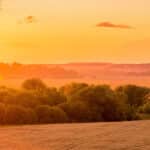

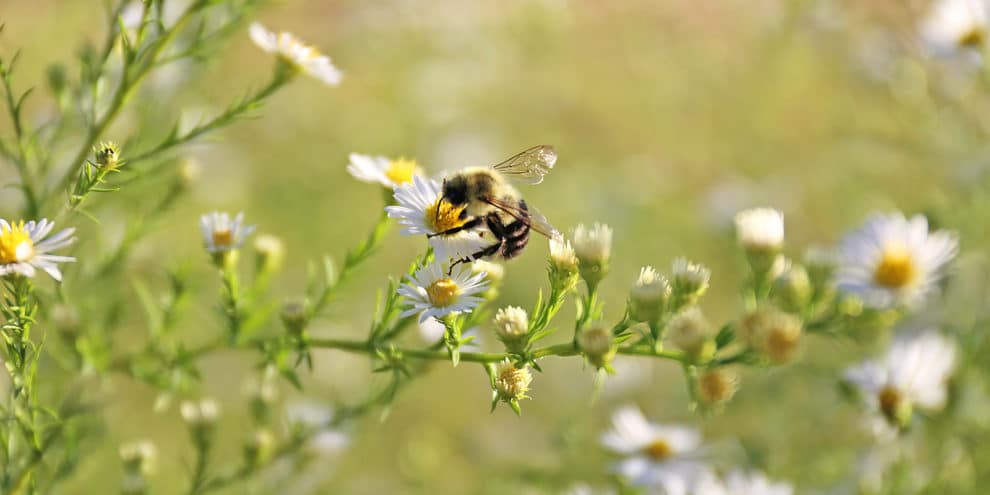
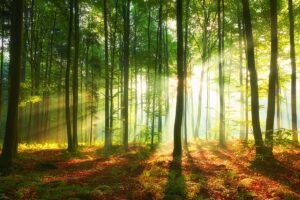
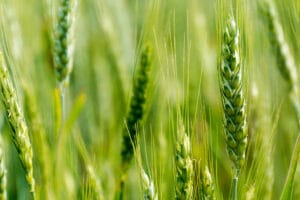
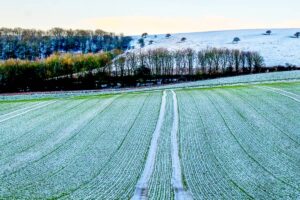
It is an interesting trend over the past few years the amount of local honey farmers that have been popping up in the my area of North Central Texas.
Planting native flowers and plants is great because you get native pollinators, not just trying to support the honey bee, though that does help. It’s good to be cautious about plants that were grown using pesticides as that could lead to colony collapse. Another idea is a full size tree is the equivalent to one acre of flowers when both are in bloom.